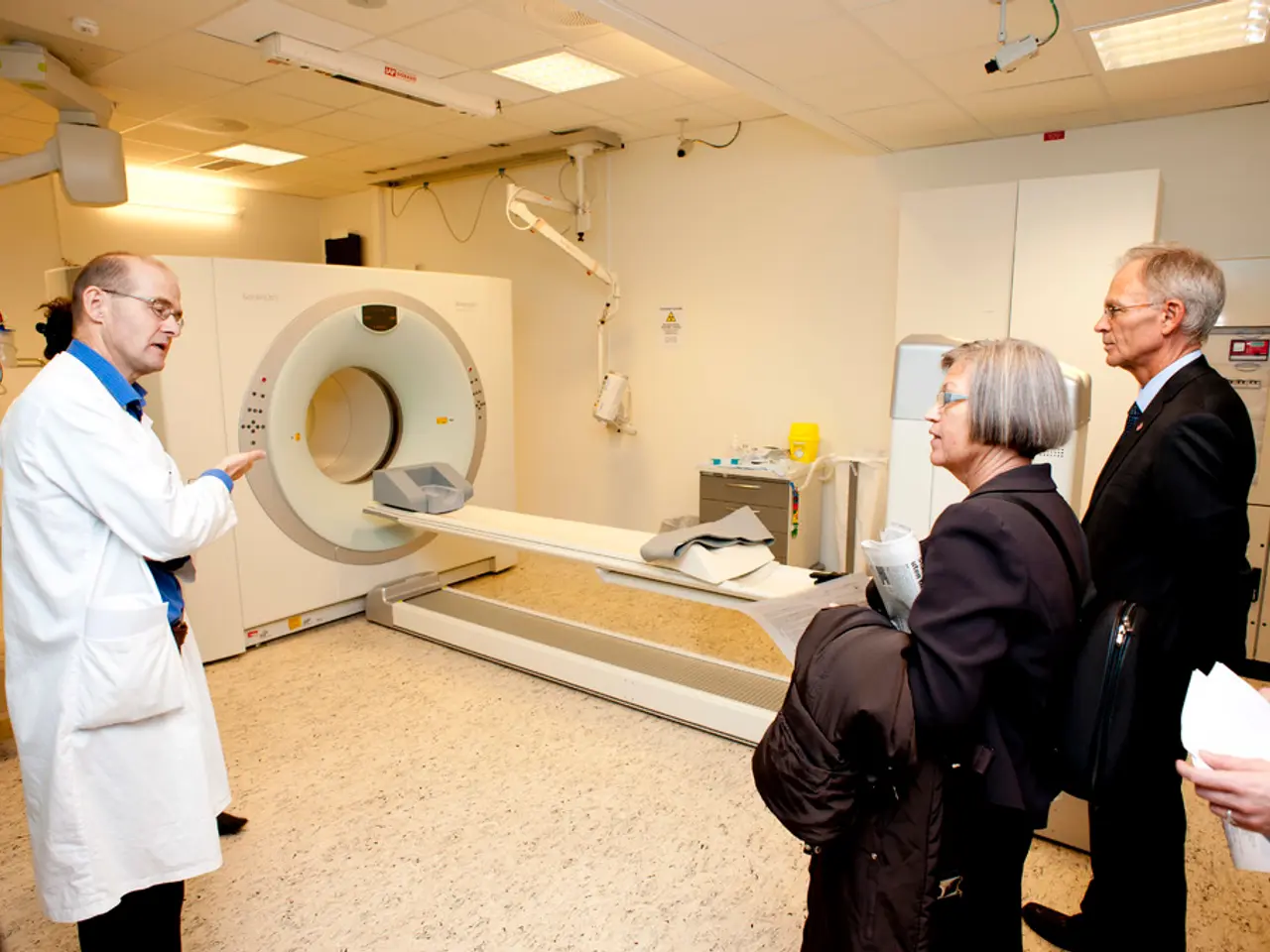Diabetes and obesity can lead to severe liver harm
In a significant finding, a study suggests that obesity and type 2 diabetes (T2D) can accelerate the progression of metabolic dysfunction-associated steatotic liver disease (MASLD), increasing the risk of severe liver disease outcomes in affected individuals.
Obesity is considered the primary driver of MASLD, creating hepatic steatosis (fat buildup in the liver) through complex metabolic disruptions involving insulin resistance, oxidative stress, and lipid metabolism abnormalities. These processes make liver cells more vulnerable to injury and progression toward inflammation and fibrosis.
In people with T2D, who already experience defects in glucose and lipid metabolism and insulin resistance, obesity compounds these metabolic disturbances, essentially doubling the risk of severe liver disease, including advanced fibrosis and metabolic dysfunction-associated steatohepatitis (MASH).
The study, which involved more than 300 participants, found that approximately 59% of those with T2D had MASLD, as detected by MRI scans. Among those who were both obese and had T2D, the percentage with early-stage cirrhosis was 13%, compared to only 2% in non-obese participants. The study also found that about 7% of the participants had early-stage cirrhosis of the liver, as indicated by ultrasound measurements.
The coexistence of obesity, T2D, and MASLD sets up a bidirectional relationship where MASLD increases the chance of worsening diabetes, and diabetes accelerates liver fibrosis and inflammation resulting from MASLD.
However, there is some good news. Modest weight loss can improve liver health by reducing fat accumulation and metabolic stress on the liver. Eating more soluble fiber and colorful fruits can help curb insulin resistance, while resistance training can increase insulin sensitivity. Getting more sleep can help reverse the effects of insulin resistance.
It is crucial for patients with both T2D and obesity to be prioritized for liver disease screening. Reducing high glycemic foods, sugars, and processed starches can aid in managing insulin resistance, and antioxidants such as PQQ and melatonin can potentially help reduce visceral fat and provide energy for exercise, respectively.
People with T2D have a higher risk of heart disease, kidney disease, nerve damage, and liver disease (including cirrhosis and liver cancer). Addressing insulin resistance, a sign of metabolic disruption, can help prevent further complications. Excess weight, particularly belly fat, is a cause of insulin resistance.
Sources:
- Linköping University Hospital
- American Association for the Study of Liver Diseases
- National Institute of Diabetes and Digestive and Kidney Diseases
- Mayo Clinic
- Journal of Hepatology
- The study, published in the Journal of Hepatology, reveals that type 2 diabetes (T2D) and obesity can exacerbate metabolic dysfunction-associated steatotic liver disease (MASLD), increasing the risk of severe liver conditions in individuals with these medical conditions.
- In individuals with T2D, obesity intensifies existing metabolic disturbances, such as glucose and lipid metabolism defects and insulin resistance, resulting in a higher risk of advanced fibrosis and MAS.
- To mitigate the risk of severe liver disease and further complications, people with T2D and obesity should prioritize health-and-wellness efforts that focus on weight management through nutrition, fitness-and-exercise, and sleep, as reducing insulin resistance would improve liver health and prevent additional metabolic disruptions.




